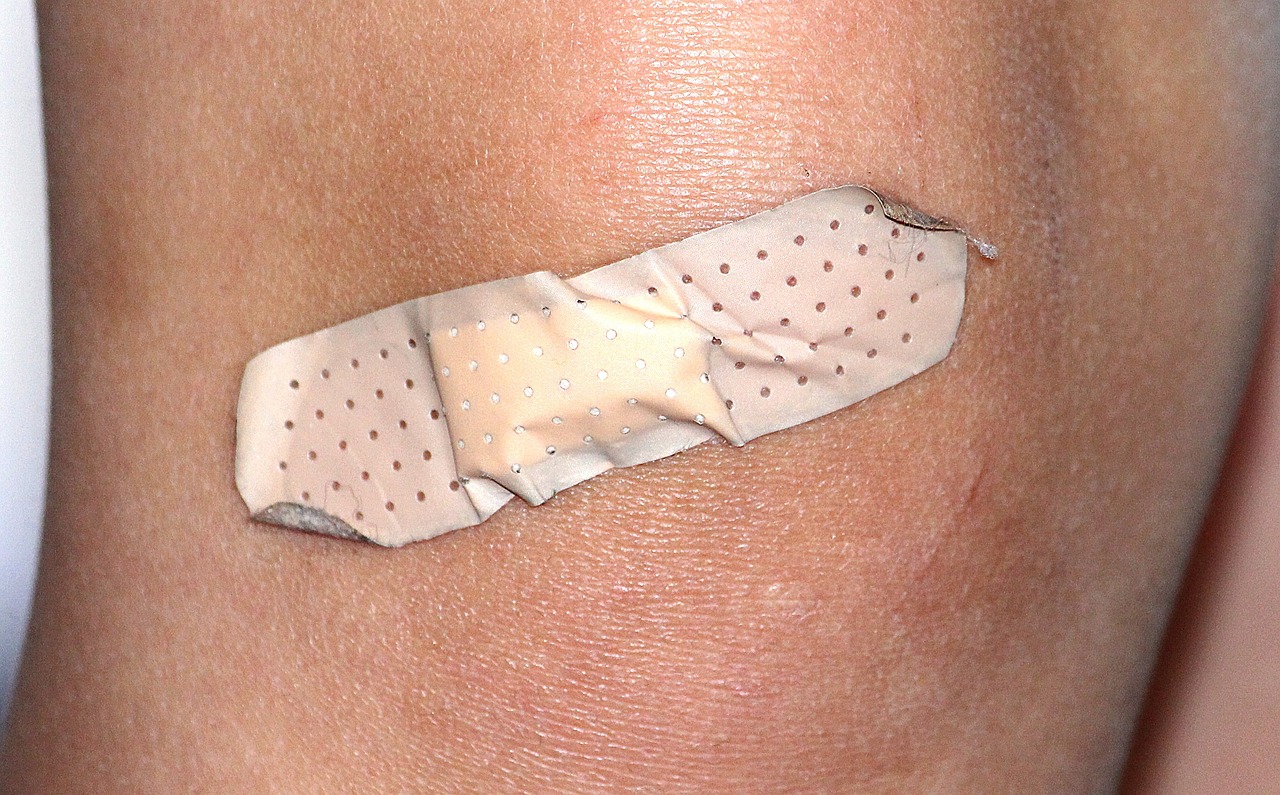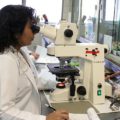Spend much time browsing health shops and supplement stores and you might notice a new product called BPC-157 for sale. Though it hasn’t quite broken through to the mainstream, BPC-157 has become increasingly popular in sports medicine and gastrointestinal health circles, among other places.
What is BPC-157, exactly? In brief, it’s a synthetic peptide, made to mimic the biological structure of the peptides naturally occurring within your body. This isn’t the only synthetic peptide therapy on the market today but it has garnered a lot of enthusiasm for its potential to heal musculoskeletal wounds and to alleviate GI ailments.
The million dollar question: Is BPC-157 actually all it’s cracked up to be, or is it just the latest flash-in-the-pain holistic medicine fad? To answer that question, it’s important to delve into science.
The Science of Peptides
Let’s start with a foundational question: What are peptides?
Biologically speaking, peptides are short chains of amino acids. Your body naturally produces a bunch of different peptides, each one playing a central role in regulating biological functions.
Peptides are so impactful, in fact, that clinicians have long sought to harness their power to heal the body, naturally and holistically. As such, researchers have developed a number of synthetic peptides that can be taken orally or via injection, each one purporting a different health benefit.
Peptide therapy is nothing new. In fact, it goes back to the 1920s, when the introduction of artificial insulin revolutionized diabetic care. Insulin is the most famous peptide by far, but it’s not the only one. A number of other peptides have been introduced to the marketplace, many of them focused on wound healing and soft tissue repair.
Peptides are a popular option among the holistic medicine crowd, precisely because these supplements are made to mimic naturally-occurring proteins. As such, there is a high level of biocompatibility, making it rare for peptide therapies to be rejected or to result in serious side effects. (This certainly can happen, but it’s usually linked with significant overdosing or adverse interactions with other medications.)
Enter BPC-157
So how does BPC-157 fit into the equation?
This peptide therapy is a bit more novel and a lot less famous than insulin. The first thing to know about it is that, while BPC-157 is not naturally found in the body, it is made entirely from biocompatible components. In fact, it’s derived from human gastric juices, which means it’s generally tolerated extremely well.
BPC-157 was initially developed as a way to address common gastrointestinal ailments. In animal trials, BPC-157 has proven itself to have notable anti-inflammatory effects that give it great potential for alleviating stomach ulcers and other conditions related to GI inflammation. Many users have claimed to experience positive effects with regard to their own stomach conditions, though at this point the data on human beings is entirely anecdotal; there’s really nothing in the way of clinical trials involving people, at least not yet.
BPC-157 and Wound Healing
In addition to its GI effects, BPC-157 has also demonstrated utility to heal wounds and repair soft tissue injuries. Consider just a couple of representative studies:
- According to one study, BPC-157 can be an effective treatment for repairing or regrowing tendons. This is obviously a big part of BPC-157’s appeal within the sports medicine world.
- A different study indicates that BPC-157 has potential to promote healing of other soft tissues, including muscle, ligament, and skin. It may even help accelerate the healing of bone matter!
How does BPC-157 accomplish these healing benefits? These studies provide some insight. BPC-157 kickstarts the body’s natural healing abilities in a number of ways, not just reducing inflammation but also proliferating cells and creating new blood vessels that carry needed nutrients to wounded areas.
Again, the science behind BPC-157 is nascent. But what science does exist confirms anecdotal reports: This is potentially a very promising way to treat soft tissue injuries of all kinds, including a range of orthopedic traumas.
How is BPC-157 Administered?
Another question worth considering: How is this supplement actually used?
Right now, BPC-157 is available in both oral and injectable forms. The oral supplement is probably the easiest option, and it works just fine. However, many BPC-157 users claim that the injectable format works best, as it provides a higher level of bioavailability.
Irrespective of the chosen delivery mode, there are some important considerations when starting any new supplement:
- Double-check with your doctor to make sure there aren’t any potential reactions with other medicines you’re on.
- Be sure to purchase from a company that manufactures in the US, ensuring the highest level of safety and purity.
- Take the time to read any instructions that come with your supplements, and start off with the lowest recommended dosage.
Is BPC-157 the Future of Wound Care?
Time will tell whether BPC-157 establishes itself as a meaningful new addition to the wound recovery toolkit. For now, there is plenty of evidence to suggest that it might be a promising new treatment option, and a valuable resource for athletes in particular.
Author Bio
Amanda E. Clark is a contributing writer to Paradigm Peptides. She has experience in writing about health and supplements topics, including holistic remedies such as peptide therapy.
References
Sikiric, P., Seiwerth, S., Grabarević, Ž., Petek, M., Ručman, R., Turković, B., Rotkvić, I., Jagić, V., Duvnjak, M., & Miše, S. (1994). The beneficial effect of BPC 157, a 15 amino acid peptide BPC fragment, on gastric and duodenal lesions induced by restraint stress, cysteamine and 96% ethanol in rats. A comparative study with H2 receptor antagonists, dopamine promotors and gut peptides.. Life sciences, 54 5, PL63-8 . https://doi.org/10.1016/0024-3205(94)00796-9.
Chang, C., Tsai, W., Lin, M., Hsu, Y., & Pang, J. (2011). The promoting effect of pentadecapeptide BPC 157 on tendon healing involves tendon outgrowth, cell survival, and cell migration.. Journal of applied physiology, 110 3, 774-80 . https://doi.org/10.1152/japplphysiol.00945.2010.
Chang, C., Tsai, W., Hsu, Y., & Pang, J. (2014). Pentadecapeptide BPC 157 Enhances the Growth Hormone Receptor Expression in Tendon Fibroblasts. Molecules, 19, 19066 – 19077. https://doi.org/10.3390/molecules191119066.






